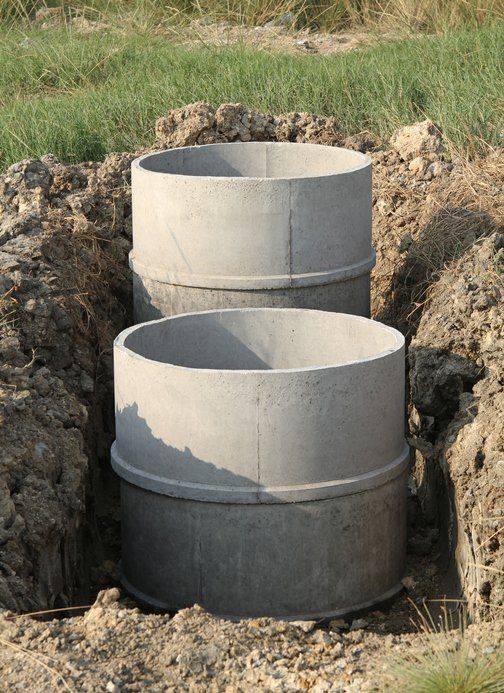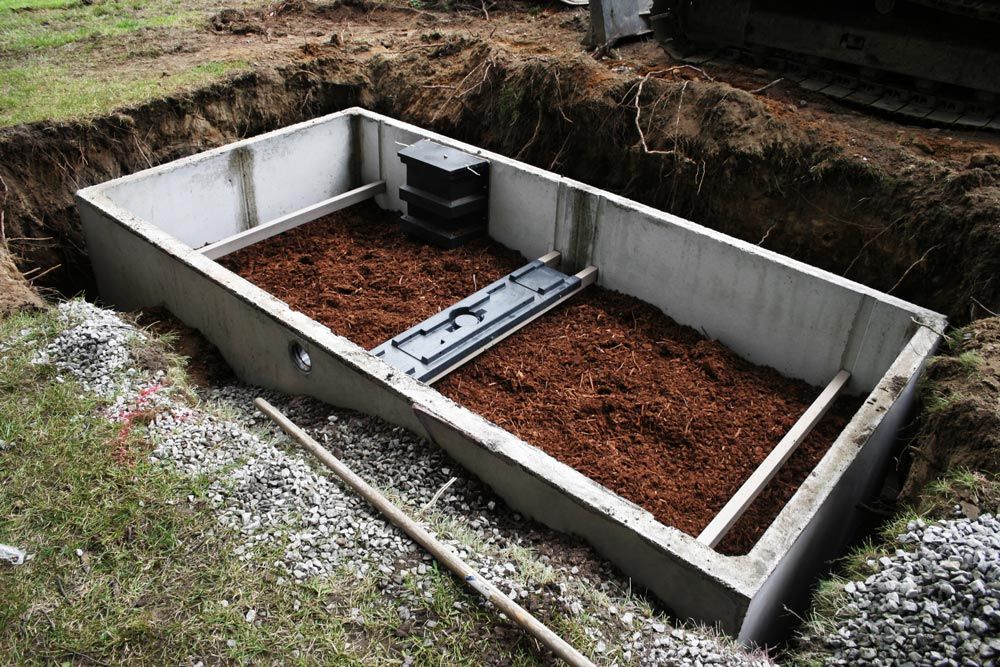Purchasing a Home? What to Know About Septic System Capacity

Families who plan to purchase an existing home often have a list of criteria, such as whether a home has a septic system and what its condition is. However, septic system capacity is often ignored. If you are a prospective homebuyer who would like to learn more about septic system capacity and the reason why it is important, this information can help.
Septic Tank Size
Septic tank capacity is typically measurable in gallons, with many areas of the United States now mandating a minimum residential septic tank size of 1000 gallons for a home with up to three bedrooms. Homebuyers should note that these minimum requirements may not apply to an older home built prior to when the regulations were imposed.
In addition, homebuyers must consider other factors when concerned about the size and capacity of a home's septic system for their family size and the average amount of water they expect their household to use each day. Generally, septic tank size recommendations typically rise by 250 gallons for each additional bedroom in the home.
Remember that some homes may have had renovations and enlargements to add additional bedrooms without also making corresponding updates in the septic system, leaving those homes less able to handle the demands of a large family.
Septic Drainfield Size
Only about 45 percent of the sewage treatment process for a residential setting actually occurs inside the septic tank. The reminder of this critical function occurs in the drainfield, after the effluent arrives from the septic tank. The ability of the septic drainfield to safely process the effluent and render it harmless requires it be equipped with sufficiently sized lateral lines and encased by soil with a proper percolation rate.
Septic system designers must determine the input flow rate in gallons and then use that number, plus the number of bedrooms in the home, to determine the length and number of the lateral lines in the drain field.
Additionally, many factors beyond the number of bedrooms can affect the input flow rate, including whether or not the home has toilets and faucets with water-saving features and the actual usage habits of the occupants.
Undersized Septic System
Homebuyers who later determine that the home they have purchased is equipped with an undersized septic system may need to plan to install a larger tank, drainfield, or both. However, homeowners can take some actions to help the current system remain functional if they need to postpone replacement.
The first action should be to examine how the occupants of the home use water and make changes to reduce that usage, wherever possible. Recommendations for this include:
- Installing low-flow toilets, showerheads, and faucets
- Running laundry and dishwashing appliances only with full loads
- Repairing leaky faucets
In addition, curtailing activities such as taking long showers or leaving faucets on while handwashing dishes or brushing and flossing teeth can help cut down on overall water usage.
Another strategy to reduce stress on an undersized septic system is to pump the septic tank on a more frequent basis. An adequately sized septic system may only need pumping every two to five years on average. If the septic tank is too small or the drain field is in danger of overloading, homeowners may consider pumping the tank once or twice per year until they can renovate and enlarge the system.
Homebuyers, as well as homeowners, who find themselves with problems or questions about septic tank capacity, options, maintenance, inspections, or repairs can always rely on our staff of experts for the answers and assistance they need. At Pete's Outflow Technicians , we are always prepared to help homeowners take great care of their home's septic systems. Call today.









